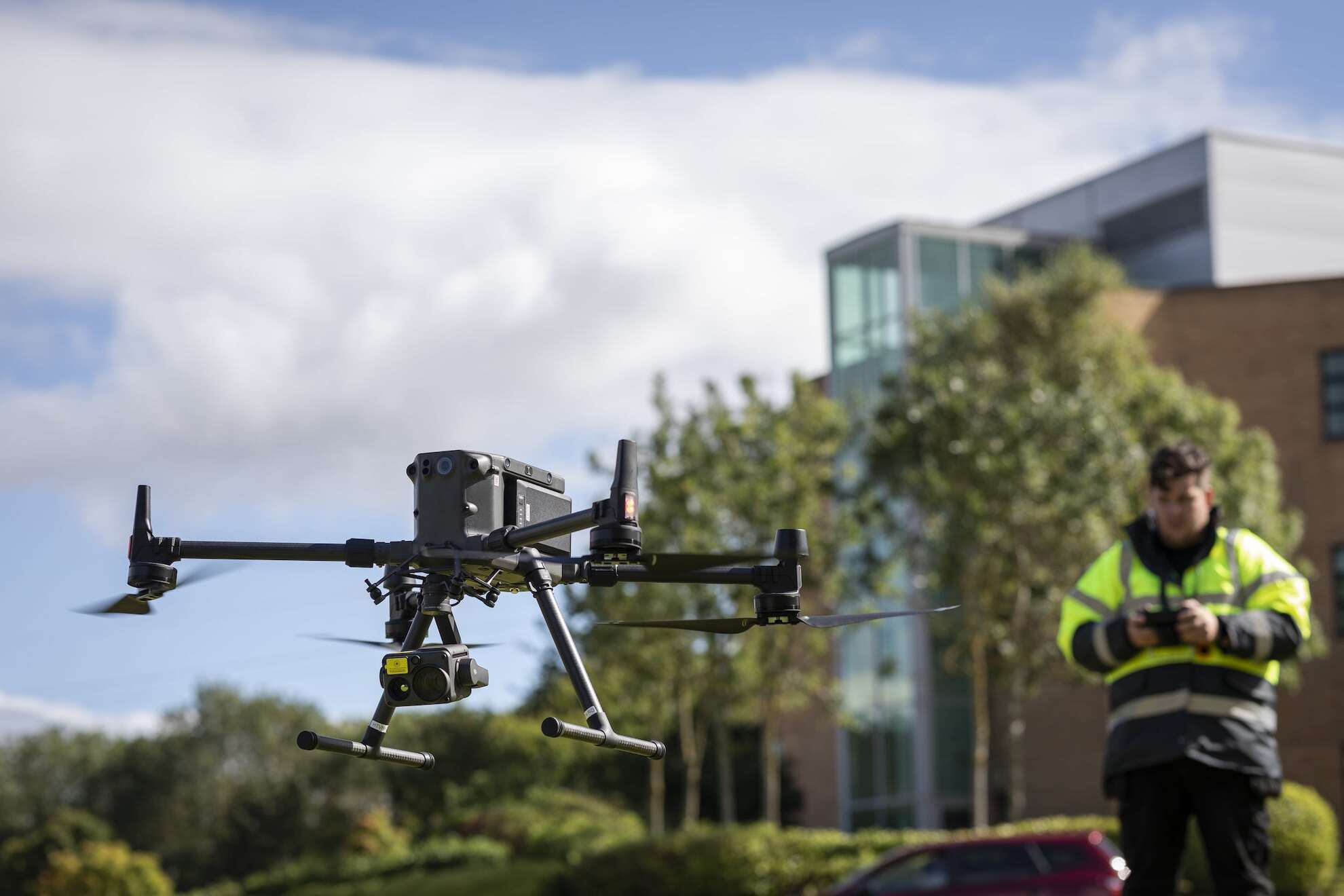
Unmanned Aerial Vehicles (UAVs), often called drones, have soared in popularity and usage over the past decade. But what exactly makes these flying machines so fascinating? UAVs are not just toys for hobbyists; they serve critical roles in various fields. From delivering packages to monitoring wildlife, these devices have transformed how tasks are performed. Did you know that some UAVs can fly for hours without needing to refuel? Or that they can capture stunning aerial photos and videos? Whether you're a tech enthusiast or just curious, understanding UAVs can open up a world of possibilities. Let's dive into 11 intriguing facts about these high-flying wonders!
Key Takeaways:
- Drones, also known as UAVs, have a rich history dating back to World War I and are now used in agriculture, filmmaking, and disaster management, showcasing their versatility and impact across various industries.
- With advancements in technology and the potential for urban air mobility, the future of UAVs is exciting, promising new applications and the possibility of revolutionizing transportation within cities.
What Are Unmanned Aerial Vehicles (UAVs)?
Unmanned Aerial Vehicles, commonly known as UAVs or drones, have become a significant part of modern technology. They are used in various fields, from military operations to recreational activities. Here are some fascinating facts about UAVs.
-
UAVs were first used in military operations during World War I. These early drones were primarily used for target practice and surveillance.
-
The term "drone" originally referred to the male honeybee. The buzzing sound of early UAVs reminded people of these bees, leading to the nickname.
Uses of UAVs in Different Fields
UAVs have a wide range of applications beyond military use. They are transforming industries and changing how tasks are performed.
-
In agriculture, UAVs help farmers monitor crop health, manage irrigation, and even plant seeds. This technology increases efficiency and reduces labor costs.
-
In filmmaking, drones capture stunning aerial shots that were once impossible or too expensive to achieve. They provide unique perspectives and enhance storytelling.
-
UAVs play a crucial role in disaster management. They assist in search and rescue operations, deliver supplies to hard-to-reach areas, and assess damage after natural disasters.
Technological Advancements in UAVs
The technology behind UAVs has advanced rapidly, making them more efficient and accessible.
-
Modern drones are equipped with GPS, allowing for precise navigation and automated flight paths. This technology enables drones to perform complex tasks with minimal human intervention.
-
Some UAVs are designed with artificial intelligence (AI) capabilities. These drones can analyze data in real-time, making decisions based on their environment and mission objectives.
-
Battery life has significantly improved, allowing drones to fly longer distances and complete more extended missions without needing frequent recharges.
Regulations and Safety Concerns
As UAVs become more prevalent, regulations and safety measures are essential to ensure their responsible use.
-
Many countries have established strict regulations for drone usage, including registration requirements, flight restrictions, and no-fly zones. These rules help prevent accidents and protect privacy.
-
Safety features such as obstacle detection and collision avoidance systems are now standard in many drones. These technologies reduce the risk of crashes and enhance the overall safety of UAV operations.
The Future of UAVs
The future of UAVs looks promising, with continuous advancements and new applications emerging.
- Researchers are exploring the use of drones for urban air mobility, envisioning a future where UAVs transport people and goods within cities. This innovation could revolutionize transportation and reduce traffic congestion.
UAVs: A Glimpse into the Future
Unmanned Aerial Vehicles (UAVs) have transformed many industries. From military applications to agriculture, these flying machines are reshaping how tasks get done. UAVs offer precision, efficiency, and cost-effectiveness that traditional methods can't match. They’re not just for professionals; hobbyists and tech enthusiasts are also finding new ways to use drones.
Safety and regulations are crucial as UAVs become more common. Governments worldwide are working on laws to ensure safe skies. As technology advances, expect UAVs to become even more integrated into daily life.
Whether for delivering packages, monitoring wildlife, or capturing stunning aerial footage, UAVs are here to stay. They represent a significant leap forward in technology, offering endless possibilities. Keep an eye on this space; the future of UAVs is bright and full of potential.
Frequently Asked Questions
Was this page helpful?
Our commitment to delivering trustworthy and engaging content is at the heart of what we do. Each fact on our site is contributed by real users like you, bringing a wealth of diverse insights and information. To ensure the highest standards of accuracy and reliability, our dedicated editors meticulously review each submission. This process guarantees that the facts we share are not only fascinating but also credible. Trust in our commitment to quality and authenticity as you explore and learn with us.


